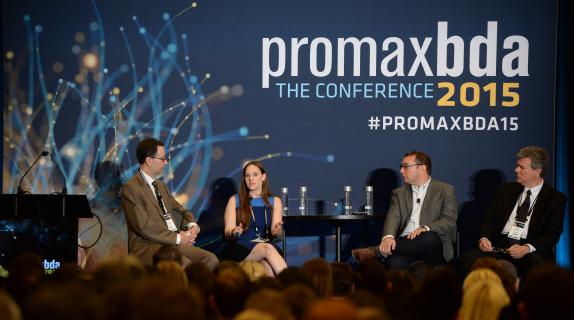Binge viewing has become much more than just a fad. In some cases, it’s a viewer’s primary way of consuming content, and that doesn’t seem to be slowing down.
According to Zachary Rosenberg, EVP, chief growth officer at Horizon Media, Inc., whether binge viewing is defined as watching three or more episodes at once, or watching two-to-six episodes in a sitting, it’s here to stay.
Dramas, he says, are the most popular genre to binge-watch, with more women binge-viewing dramas and men watching comedies. Gen X and millennials, big binge viewers, also tend to be involved in up to three other activities while viewing.
So with such a distracted audience watching shows several episodes at a time on platforms other than a marketer’s linear network, what is the best way to make the binge viewing model work for TV?
The panel, “Binge Viewing: Best Practices for Marketing,” sought to answer that question on Wednesday at PromaxBDA: The Conference 2015.
Walter Levitt, CMO of Comedy Central, says that to begin, one thing is for sure. Right now, binge viewing is the easiest way to watch favorite TV shows on people’s busy schedules.
“What is predictable is that consumers will do what’s easiest for them,” he said.
When linear TV only had live viewing as an option, that was the easiest way. Now with multiple platforms and ad-free alternatives, live viewing is quickly fading away.
“If we stick around and wait and hope they stay on linear TV,” he said, “I think we’re kidding ourselves.”
The problem, he says, is that marketers often see binge viewing as a marketing stunt and not the alternative choice in programming that it is.
“We still think of it as a marketing tool rather than an end destination,” said Levitt, “and for most people it is the end destination, not a way to get people back somewhere else.”
Mindy Stockfield, SVP of marketing at MTV, says it’s also important to look at the content you’re creating along the lines of how viewers will find and watch it.
“Look at the content,” she says, “and see how you can slice it in different ways knowing it’s going to be viewed in different ways.”
Comedy Central, Levitt says, has its hand in more VOD advertising now, knowing that fans reach its content that way much more now. “But monetization is the great unknown,” he says.
Branded content is one option, according to Dr. Ray Pettit, chief analytics officer at Rentrak. Rentrak’s research says that branded integrations in a slow burn – subtly introduced in a TV show over time – is the most effective.
“Imagine a whole series, where the actors are using Apple products in a natural way,” he says. “People will be so engaged with the story that the integration will have a tremendous long-term effect on them, which is where long-term purchase desire comes from.”
Levitt pointed out that unlike examples like AMC’s The Walking Dead, few networks are able to produce real data on binge viewing campaigns and their ability to turn viewers onto the linear network.
“My thinking is if you binged season one, youre probably going to binge season two as well,” he says.
(According to Pettit, Rentrak is currently doing a study on that exact question, so stay tuned.)
Photo credit: Image Group LA
Tags:



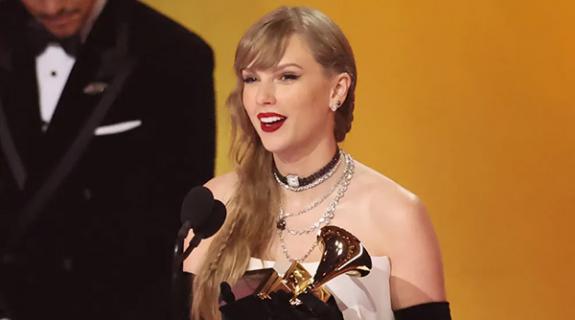


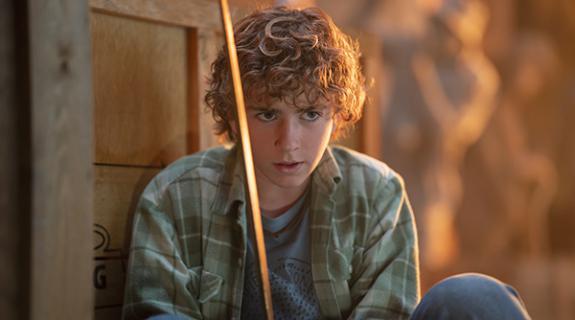





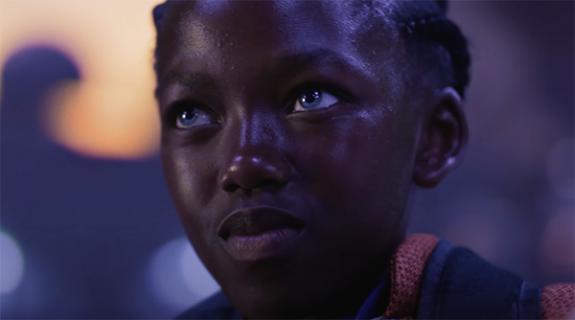











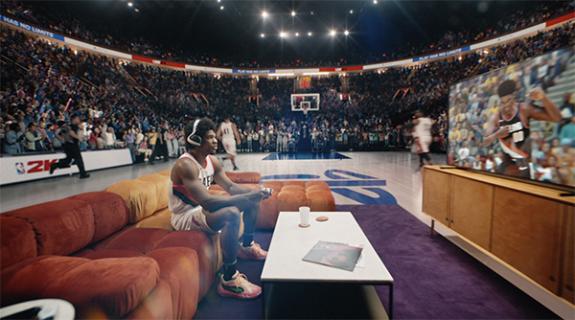










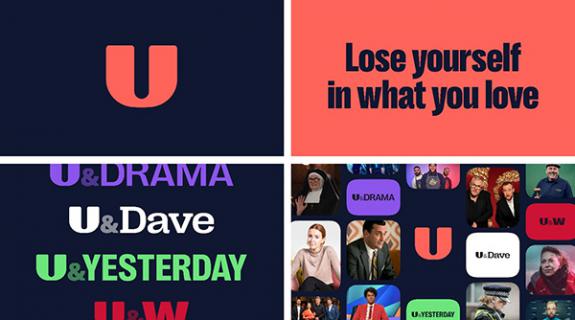









__twocolumncontent.jpg)











